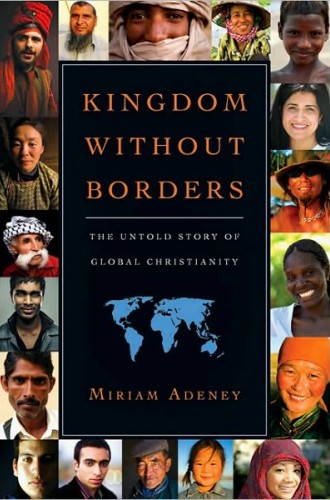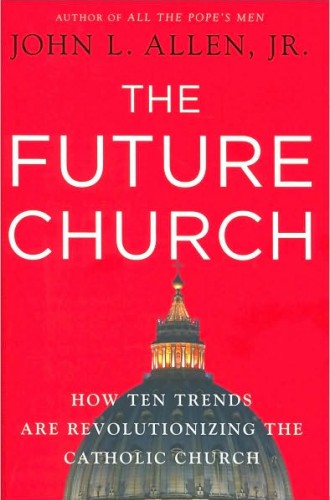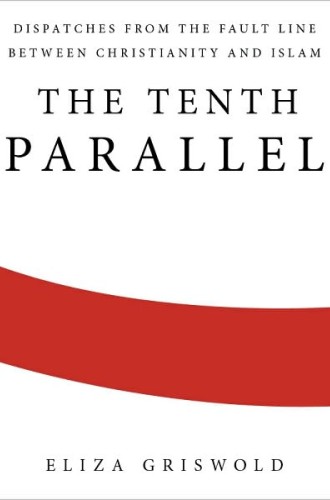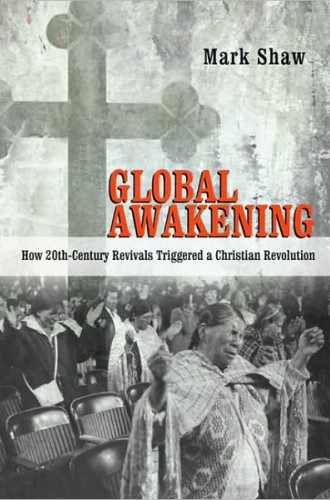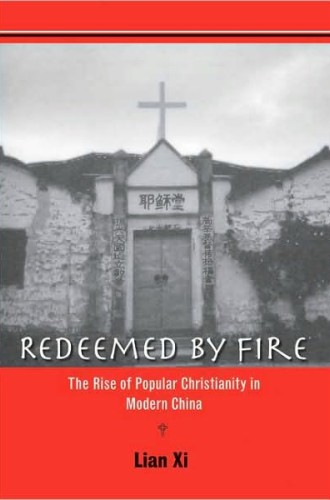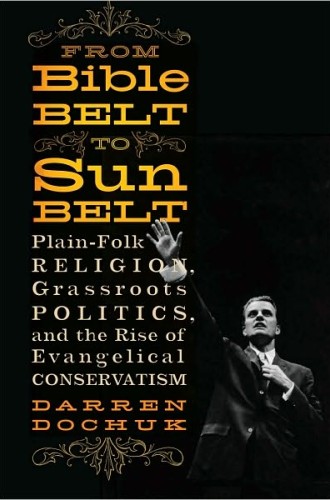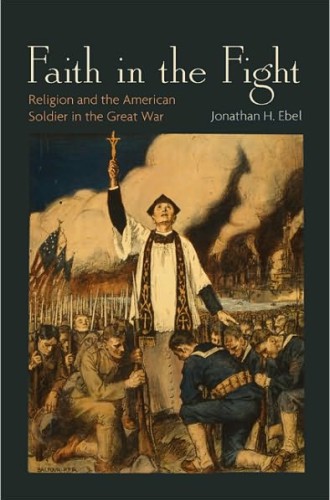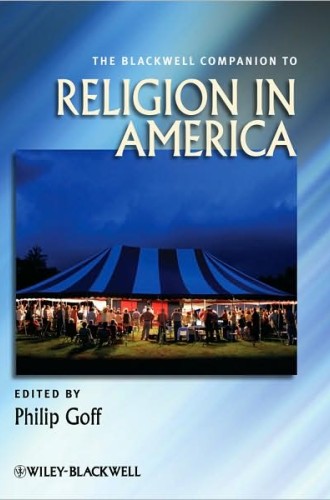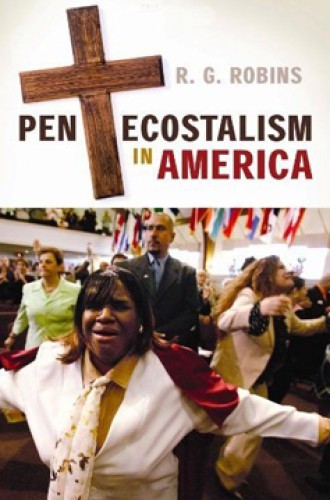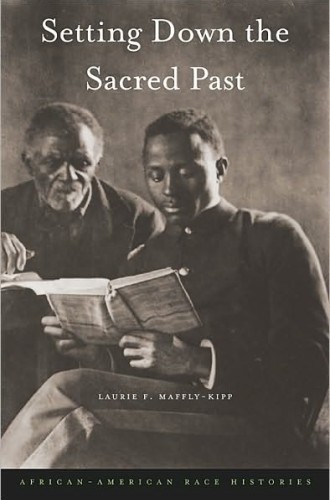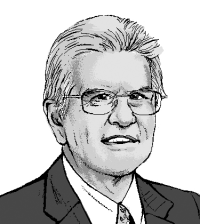Take & read: World Christianity & American religion
Kingdom Without Borders: The Untold Story of Global Christianity, by Miriam Adeney. Adeney, an anthropologist, draws on her rich experiences around the world to describe encounters with Christians living in a bewildering variety of cultures and social environments, detailing how they live and preach their faith. It is impossible to read this book without realizing how little the familiar Euro-American assumptions about religion apply to the emerging (and very diverse) new Christian worlds—in China and India, in Africa and the Middle East. Adeney also suggests the implications of her findings for mission.
The Future Church: How Ten Trends Are Revolutionizing the Catholic Church, by John L. Allen Jr. It will be unfortunate if non-Catholics decide that Allen's book has little relevance for them. Virtually every word of this powerful, visionary book applies across denominations, all of which will be affected to some degree by the global megatrends that he identifies—trends such as demographic change, multipolarism, developments in biotechnology, the rise of charismatic and Pentecostal faith and the encounter with Islam. For Allen, the church has always identified itself as one, holy, catholic and apostolic, but as it moves toward 2050, it will increasingly become global, uncompromising, Pentecostal and extroverted.
The Tenth Parallel: Dispatches from the Fault Line Between Christianity and Islam, by Eliza Griswold. On the basis of years of travel and observation, Griswold offers a judiciously balanced account of Christianity and Islam as they meet and interact across the sensitive cultural frontiers just north of the equator, in Nigeria, the Sudan, Indonesia and the Philippines. She does a splendid job of putting human faces on the news stories we so often hear about Christian-Muslim conflicts around the world and about the persecution of Christian populations.
Global Awakening: How 20th-Century Revivals Triggered a Christian Revolution, by Mark Shaw. The story of modern Christian expansion worldwide is familiar enough, but Shaw adds a critical new dimension by focusing on revivalism and revival movements as the engines driving change and spreading new forms of belief and devotion. Using this lens, Shaw offers a new reading of a series of valuable case studies in various countries. After reading the book, you will wonder how anyone could have underplayed (or even missed entirely) the significance of revivals, with their vital culture of spectacle, as forces in religious globalization.
Redeemed by Fire: The Rise of Popular Christianity in Modern China, by Lian Xi. Given the size and importance of China, few would question the significance of religious affairs in that country, and specifically the stunning growth of Christianity in recent decades. Hitherto, political conditions have often made it difficult to explore the native grassroots churches that have spread so widely, but Lian Xi succeeds wonderfully in portraying these movements, with all their glories and failings. Not surprisingly, the rising churches are anything but slavish imitators of Western ideology. They are thoroughly grounded in Chinese popular traditions, with heavy doses of nationalist and millenarian thought.
From Bible Belt to Sunbelt: Plain-Folk Religion, Grassroots Politics, and the Rise of Evangelical Conservatism, by Darren Dochuk. In this prizewinning book, Dochuk examines the confluence of a cluster of overlapping yet analytically distinct cultural impulses in Southern California in the middle decades of the 20th century: capitalism, patriotism, localism, populism and fundamentalism. With painstaking research in ephemeral sources, Dochuk shows that the main players in the drama were emigrants from the south-central states of Arkansas, Louisiana, Oklahoma and Texas. Other historians have looked at aspects of this large and politically powerful social migration into the California "Gunbelt," but no one else has put it all together in such a masterful way. Dochuk's prose is as edgy as the story he tells; the book is a delight to read.
Faith in the Fight: Religion and the American Soldier in the Great War, by Jonathan H. Ebel. "To me, the finest miracle in life is to be able, in the last few moments on this earth . . . to forget a life of failure, and weakness, and to die a hero." With these words, one soldier managed to find religious meaning in the unspeakable suffering of the Great War. Ebel tells his story, as well as the stories of hundreds—and, by implication, countless thousands—of soldiers and war workers like him. Though Ebel brings conventional details of military mobilization to bear as needed, he focuses with spare eloquence on the raw experience of war and on efforts to make sense of it somehow.
The Blackwell Companion to Religion in America, edited by Philip Goff. Reference works rarely make the cut in a listing of notable publications, but this one is different. More than 40 scholars—many of them younger academics with fresh perspectives—have contributed chapters on the definitions and histories of a wide range of movements and traditions. Every chapter features the historiography that lies behind our present understanding of the topic—explaining how we got from there to here. They show that no topic has dropped from heaven as a sacred meteor, but rather that each one has passed through layers of interpretation. They also show how the field has evolved from church history to religious history to cultural history and much more.
Pentecostalism in America, by R. G. Robins. Robins traces the story of American Pentecostalism from its beginnings in the holiness revivals of the 1880s through the prosperity preachers of the 21st century. Throughout, he carefully embeds the narrative in the context of the times. As much a work of cultural as of religious history, this slim book ranks as one of the definitive studies of the movement. It is hard to say which is most impressive: the breadth of the research, the elegance of the writing or the astuteness of the insights. It represents the art of critical empathy at its best.
Setting Down the Sacred Past: African-American Race Histories, by Laurie F. Maffly-Kipp. Using largely unexplored texts from the years between 1780 and 1930, Maffly-Kipp shows how African-American men and women of diverse backgrounds—preachers and journalists, shoemakers and teachers, northerners and southerners—formed a nuanced historical narrative about their collective experience in the New World. It linked Africa with America, the sacred with the secular and the biblical world with the classical world. She also shows how writers whose names rarely appear in conventional histories of American religion situated the present in the past and thus constructed a future anchored in the solidity of tradition. Reviewers have rightly called this beautifully crafted work a "deeply human book" of seminal scholarship.


